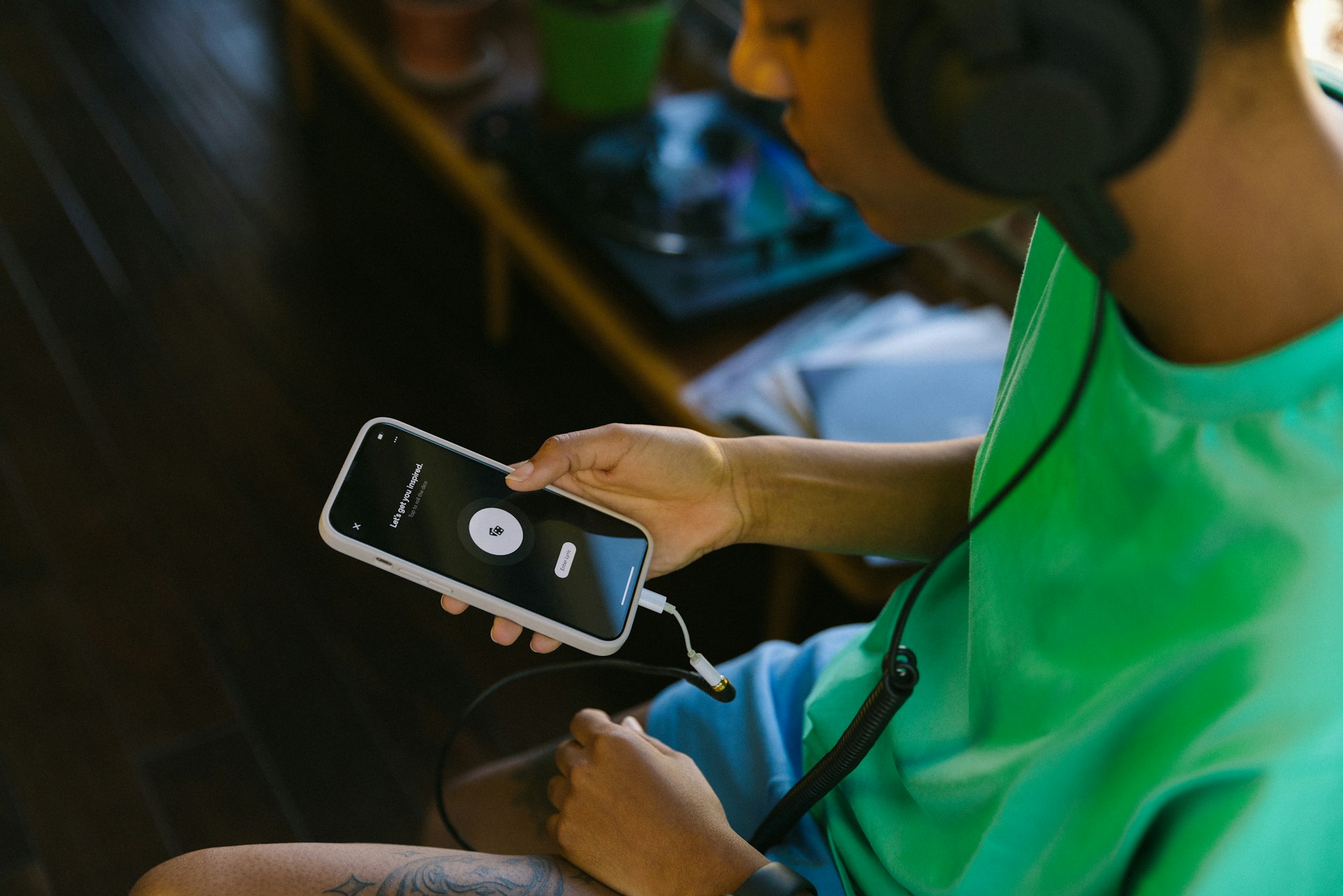
How to Use Podcasts to Increase Brand Awareness
Introduction
Brands are constantly seeking innovative ways to connect with their audience, and one powerful medium that has surged in popularity is podcasting. Podcasts offer an intimate and engaging platform to share your brand’s story, provide value to your audience, and ultimately increase brand awareness. This blog post will delve into the key steps, strategies, tools, and best practices for leveraging podcasts to boost your brand’s visibility and recognition.
Key Steps to Start a Podcast for Brand Awareness
- Define Your Purpose and Audience
- Identify your podcast’s primary goal: Is it to educate, entertain, inspire, or inform?
- Understand your target audience: their interests, needs, and preferences.
- Develop a clear value proposition that explains why listeners should tune in.
- Choose a Format and Frequency
- Decide on a podcast format: interview-based, solo monologues, panel discussions, or storytelling.
- Determine the frequency of episodes: weekly, bi-weekly, or monthly.
- Keep consistency to build a loyal audience.
- Create Compelling Content
- Plan your content strategy: outline episode topics and key messages.
- Invite industry experts or influencers to provide diverse perspectives.
- Incorporate storytelling to make your content more relatable and engaging.
- Invest in Quality Equipment
- Use a good microphone and headphones to ensure clear audio quality.
- Invest in editing software to produce polished episodes.
- Set up a quiet, professional recording environment.
- Brand Your Podcast
- Develop a catchy and memorable podcast name.
- Design eye-catching cover art and branding materials.
- Create a consistent intro and outro for each episode.
Strategies to Increase Brand Awareness Through Podcasts
- Collaborate with Influencers and Guests
- Invite industry leaders or influencers to feature on your podcast.
- Leverage their audience to expand your reach and credibility.
- Promote episodes through guest’s networks and social media channels.
- Cross-Promote on Other Platforms
- Share your podcast episodes on your website, blog, and social media.
- Use snippets or highlights to tease episodes on platforms like Instagram and LinkedIn.
- Embed episodes in email newsletters to reach your subscriber base.
- Optimize for SEO
- Write detailed show notes with relevant keywords to improve search visibility.
- Transcribe episodes to make content accessible and boost SEO.
- Use keyword-rich titles and descriptions for each episode.
- Engage with Your Audience
- Encourage listeners to leave reviews and ratings on podcast platforms.
- Respond to listener comments and questions to build a community.
- Host live Q&A sessions or webinars to interact directly with your audience.
Tools and Resources for Successful Podcasting
- Recording and Editing Software
- Audacity: A free, open-source audio recording and editing software.
- Adobe Audition: A professional audio workstation for recording and editing.
- GarageBand: A beginner-friendly audio editing tool for Mac users.
- Hosting Platforms
- Libsyn: A popular podcast hosting platform with detailed analytics.
- Anchor: A free, user-friendly platform that distributes your podcast to multiple directories.
- Buzzsprout: An easy-to-use platform with excellent customer support and resources.
- Promotion Tools
- Headliner: Create audiograms and promotional videos for social media.
- Canva: Design graphics and cover art for your podcast.
- Buffer: Schedule and manage your social media posts to promote episodes.
Integrating Podcasts with Other Marketing Efforts
- Content Marketing
- Repurpose podcast content into blog posts, infographics, or eBooks.
- Use podcast episodes as a basis for whitepapers or case studies.
- Create a dedicated section on your website for podcast episodes and related content.
- Social Media Marketing
- Share behind-the-scenes content and episode highlights on social media.
- Engage with followers by asking for topic suggestions and feedback.
- Run social media contests or giveaways to promote new episodes.
- Email Marketing
- Include podcast updates and episode highlights in your newsletters.
- Offer exclusive content or early access to episodes for subscribers.
- Use email campaigns to gather listener feedback and suggestions.
Measuring and Analyzing Podcast Success
- Track Listener Metrics
- Monitor downloads and listens to gauge overall podcast performance.
- Analyze listener demographics to understand your audience better.
- Track listener retention rates to see how many people are completing episodes.
- Engagement Metrics
- Count the number of reviews, ratings, and social shares.
- Track comments and interactions on social media platforms.
- Measure website traffic and lead generation from podcast listeners.
- Conversion Metrics
- Monitor the impact of podcasting on sales and revenue.
- Track the number of new subscribers or leads generated from the podcast.
- Measure the ROI of podcast-related campaigns and promotions.
Best Practices for Podcasting Success
- Consistency is Key
- Stick to a regular publishing schedule to build and retain an audience.
- Maintain consistent branding and quality across all episodes.
- Prioritize Quality Over Quantity
- Focus on producing high-quality, engaging content rather than frequent episodes.
- Invest in good equipment and editing to ensure professional audio quality.
- Engage and Listen to Your Audience
- Actively seek feedback and suggestions from your listeners.
- Adapt your content based on listener preferences and interests.
- Foster a sense of community by engaging with your audience regularly.
Real-World Examples and Case Studies
- Patagonia’s “The Cleanest Line” Podcast
- Focuses on environmental stories and issues aligned with the brand’s mission.
- Features interviews with activists, athletes, and environmentalists.
- Has successfully increased brand loyalty and awareness through compelling storytelling.
- Buffer’s “The Science of Social Media” Podcast
- Provides actionable social media marketing tips and insights.
- Features interviews with industry experts and Buffer team members.
- Has helped establish Buffer as a thought leader in the social media space.
- Slack’s “Work in Progress” Podcast
- Explores the changing nature of work and collaboration.
- Features stories from diverse industries and perspectives.
- Has enhanced Slack’s brand image as an innovator in workplace communication.
Conclusion
Podcasting is a powerful tool for increasing brand awareness and building a loyal audience. By following the steps outlined in this guide, leveraging the right strategies and tools, and integrating podcasting with your broader marketing efforts, you can create a successful podcast that resonates with your audience and amplifies your brand’s presence. Remember to measure your success, engage with your listeners, and continuously refine your approach to ensure long-term podcasting success.

